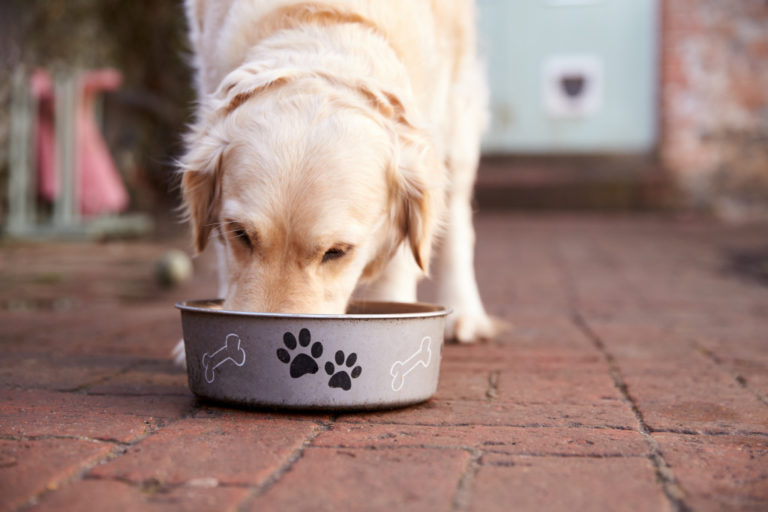You welcomed your dog into your life knowing well he is going to be a reliable companion for the long run. And because you want to nurture that bond between you two through the years, you show how much you adore and care. At times, these gestures come in the form of entertaining toys, cuddles, compliments, treats, and well-curated meat choices on his feeding bowl.
Sometimes, though, we get too engrossed with the loving thought behind feeding them abundant servings that we forget to keep their weight and general health in check. Being none the wiser, these fluffy canines could only indulge in what they are given or, at times, be spoiled to be given any food any minute of the day. Then, come one surprising day we realize how plumper our dog has gotten.
While in less severe cases, dogs who are donning a much rounder look subdues any intimidating aspects of their appearance and, rather, look a lot cuter. Unbeknownst to pet parents, their obese dog could already be enduring aches in their body caused by their unusual fatness. Sadly, many owners continue to tolerate such weight gain when it could be problematic for the dog to the point of shortening his lifespan.
Here are the common risks of dog obesity that owners need to be aware of:
The Dangers in Dog Obesity
The most obvious indicator that your dog may be obese is they appear fatter to the point of having a rounder face. Their ribs may also be no longer as prominent as they used to be and their belly could be sagging. He could also be panting excessively and appear to be constantly tired.
As the body becomes too heavy for the dog to carry, he might also suffer osteoarthritis or the inflammation of one or more of his joints. Osteoarthritis in dogs typically occurs with old age, but even young ones could exhibit symptoms if they are overweight. You might notice that your dog struggles to stand up, shift from one position or another, or is taking smaller-than-normal steps, especially with his rear legs. This could only be the tip of the iceberg as dog obesity may lead to more chronic diseases including those of the heart and the lungs.
To add to that is the tendency to develop diabetes. Typically, dogs are diagnosed with type 2 or sugar diabetes. This type of diabetes could be described as having too much sugar in the blood because the insulin their bodies release does not perform its usual job which is to pull glucose out of the bloodstream.
A fattening diet could also cause stones to deposit in the dog’s bladder. Naturally, urine contains a level of crystalline compounds but, due to factors such as poor diet, these could saturate in the bladder and form sharp crystals that could cut through the organ’s lining. You know a dog could be suffering from bladder stones if you notice blood in his urine or if he struggles to pee.

Treatment Options
Exercise
The dog can only start exercising once his veterinarian clears him and if there were no noted injuries. Start with low-intensity activities like walking and swimming. Walking helps promote limb flexibility, blood circulation, and it is a great chance to soak in a healthy amount of sunlight, whereas swimming helps relax joints and muscles while strengthening them.
If your dog has shed a good amount of weight enough to allow him to engage in more strenuous activities, you can consider sending him or her to a dog boot camp or training. Not only will he be able to nourish himself physically, but he will also have the chance to develop camaraderie with his fellow pooches.
Diet
Gradual reduction of portions is key to healthily start your dog’s weight loss journey. On the other hand, you should never subject him to crash diets because this will negatively impact his health more than anything.
Initially, it will be difficult to wean your savory food-loving pup off of the bully sticks and get them started with a regimen that incorporates fruits and veggies. And so, start them with the least challenging ones like bananas, apples, and some green beans which they find tasty. Of course, there are also leaner meat choices like ground beef and turkey which you can add to the mix to help in muscle and mobility development and, in turn, help them burn excess fat faster.
Just like any animal, a dog that packs too much fat in its body is running the risk of suffering several ailments. Any pet parent who once lost a pet to illness knows how heartbreaking it is to see them suffer. So, it is important to help them lead a healthy diet and lifestyle.
